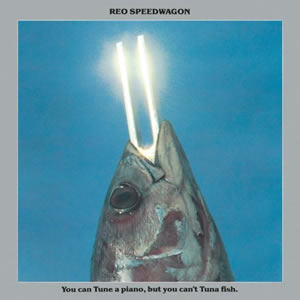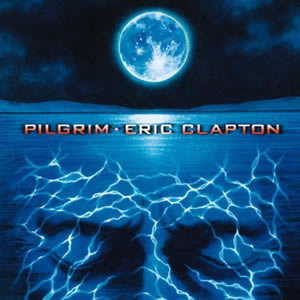You Can Tune a Piano but You Can’t Tuna Fish
by REO Speedwagon
Buy You Can Tune a Piano but You Can’t Tuna Fish Often derided for its ludicrous title and album cover, You Can Tune a Piano, but You Can’t Tuna Fish was nonetheless the […]


